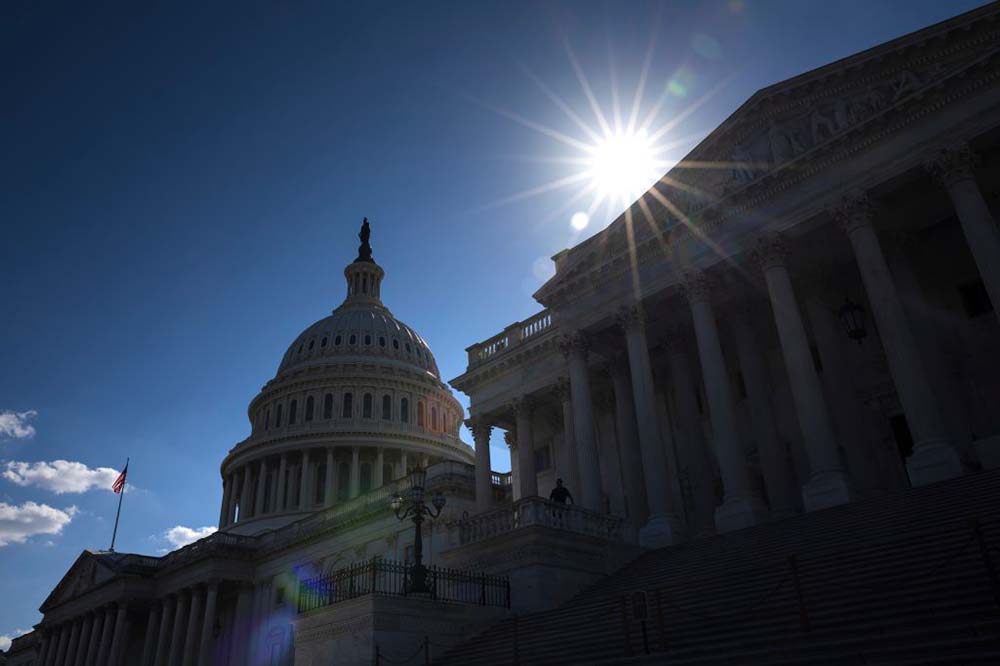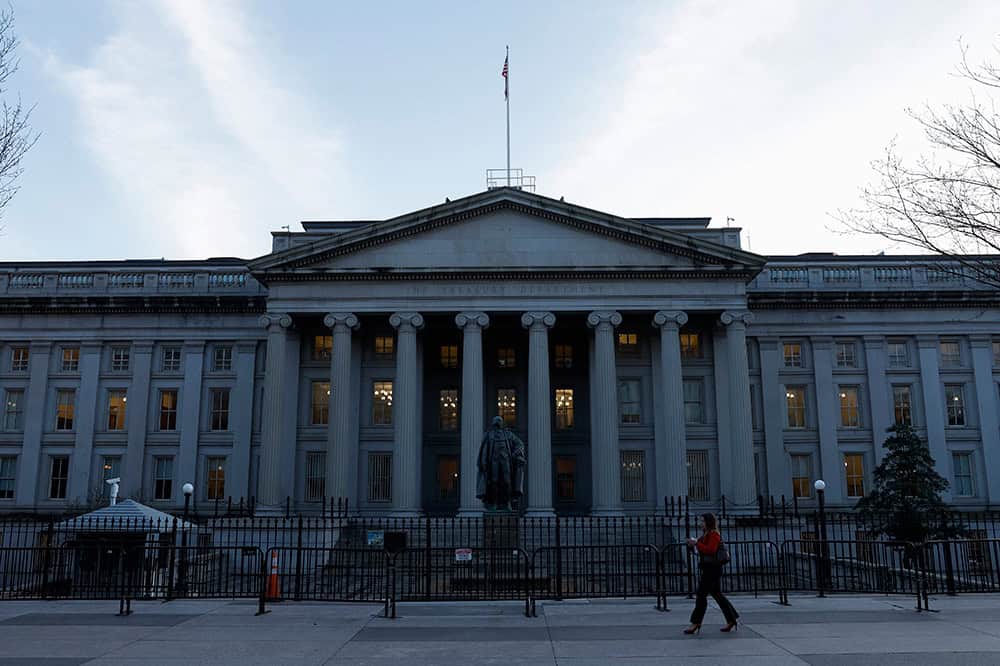Why Have Federal Deficits Soared Over the Past Two Decades?
Last Updated July 31, 2024
From 1998 to 2001, the United States achieved budget surpluses, and some analysts speculated that the country might even be able to pay down its debt in the future. However, the fiscal trajectory took another path. From 2001 to 2023, the annual deficit averaged 4.9 percent of gross domestic product (GDP); additionally, debt held by the public has risen from 32 percent of GDP at the end of 2001 to 97 percent of GDP at the end of 2023.
How Federal Spending Has Changed Over Time
Federal spending has fluctuated over the past two decades as it has been used to stimulate the economy in times of crisis, but most of the increased spending is due to the built-in costs of major federal programs. In total, federal outlays have risen from 17.7 percent of GDP in 2001 to 22.7 percent of GDP in 2023. Here are the changes by major budget category:
- Healthcare programs accounted for the largest increase in spending, from 3.4 percent of GDP in 2001 to 6.0 percent in 2023. Of that, 2.7 percentage point increase, Medicare and Medicaid were responsible for 80 percent of it; expenditures for each program increased by 1.1 percent of GDP. Much of Medicare’s spending increase stemmed from the underlying cost of the program as the population aged and more people became eligible for the program; however, legislative changes, such as the establishment of Medicare Part D for prescription drugs, also contributed. For Medicaid, expansion to cover nearly all adults with incomes up to 138 percent of the Federal Poverty Level as part of the Affordable Care Act (ACA) and further temporary expansion to allow continuous coverage during the COVID-19 pandemic accounts for most of the growth in the program. Other healthcare spending, including the Children’s Health Insurance Program, refundable premium tax credits, and cost sharing reductions from the ACA, grew by 0.5 percent of GDP.
- Social Security spending grew from 4.1 percent of GDP in 2001 to 5.0 percent of GDP in 2023; that increase of 0.9 percent of GDP was also driven by growth in the eligible population. In 2001, there were 39 million beneficiaries in the Old-Age and Survivors Insurance program; by 2023, that number had jumped by nearly half to 58 million.
- Other mandatory spending grew by 1.3 percent of GDP from 2001 to 2023 — from 2.2 percent of GDP to 3.5 percent. Spending on veterans’ benefits and services accounted for approximately one-third of that growth, as did income security programs (such as the Supplemental Nutrition and Assistance Program).
- Net interest costs grew from 2.0 percent of GDP to 2.4 percent of GDP over the past two decades. Public debt accumulated threefold from 2001 to 2023, but low interest rates at the time restrained the growth in interest costs.
How Federal Revenues Have Changed Over Time
The widening budget deficit is also attributable to a decline in revenues (relative to the size of the economy), which fell by 2.4 percent of GDP from 2001 to 2023. Multiple pieces of legislation (the 2001 and 2003 tax cuts, their extensions and modifications in 2010 and 2013, and the 2017 Tax Cuts and Jobs Act) reduced revenues relative to what would have been collected in the absence of such legislation. Those reductions were partially offset by some tax increases and real bracket creep, but the net effect was still a reduction in revenue collections. Here’s how revenues have changed over time:
- Individual income tax revenues declined by 1.3 percent of GDP, from 9.4 percent of GDP in 2001 to 8.1 percent in 2023 — accounting for more than half of the reduction in revenue collections. Multiple pieces of legislation addressed marginal income tax rates. For example, the 2001 and 2003 tax cuts reduced the top marginal tax rate for those making above $374,000 (for a married couple in 2010 rounded to the nearest $1,000) from 39.6 percent to 35 percent. The other tax brackets decreased by 3 or 5 percentage points, with the exception of taxpayers making between $17,000 and $68,000, whose rate of 15 percent remained the same. The 2001 and 2003 tax rates for low- and moderate-income households were made permanent in 2012, but the top income tax rate returned to its previous level of 39.6 percent — until the Tax Cuts and Jobs Act of 2017 (TCJA) reduced that top individual income tax rate to 37 percent. The TCJA also reduced individual income tax rates for almost all income brackets by at least one percentage point, with the exception of the lowest bracket (married couples filing jointly making up to $19,050) and the second-highest bracket ($401,000 and $600,000). Those rates and other provisions of the TCJA are set to expire at the end of December 2025.
- Payroll tax revenues decreased from 6.6 percent of GDP in 2001 to 6.0 percent of GDP in 2023. The payroll tax rate has largely remained the same at 7.65 percent (paid by both employees and employers) and 15.3 percent for self-employed individuals since 1990, aside from the payroll tax holidays and temporary relief during the Great Recession and COVID-19 pandemic. Though the payroll tax rate has generally remained the same over the past two decades, growth in wages and salaries — some of which is not taxed — reduced such collections as a percentage of GDP.
- Corporate income tax revenues have remained relatively stable, inching up from 1.4 percent of GDP in 2001 to almost 1.6 percent of GDP in 2023. The statutory corporate income tax rate was 35 percent from 2001 to 2017, but the TCJA reduced the rate to 21 percent. However, variations in the corporate tax base may account for the stability of tax collections.
- Other revenues, which include excise, estate and gift, and customs duties taxes, declined from 1.5 percent of GDP in 2001 to 0.8 percent in 2023. Most of that decline stems from a reduction in collections of excise taxes, which are levied on a handful of items and on a per-unit basis.
Photo by Kevin Dietsch/Getty Images
Further Reading
76 Options for Reducing the Deficit
The nonpartisan Congressional Budget Office released 76 policy options — spanning both revenues and spending — that could help bring the country’s rising debt under control.
News from the Quarterly Treasury Refunding Statement
As borrowing has risen, the Treasury has generally been increasing the proportion of bills (maturity of one year or less) in its portfolio of marketable securities.
The Fed Reduced the Short-Term Rate Again, but Interest Costs Remain High
High interest rates on U.S. Treasury securities increase the federal government’s borrowing costs.


